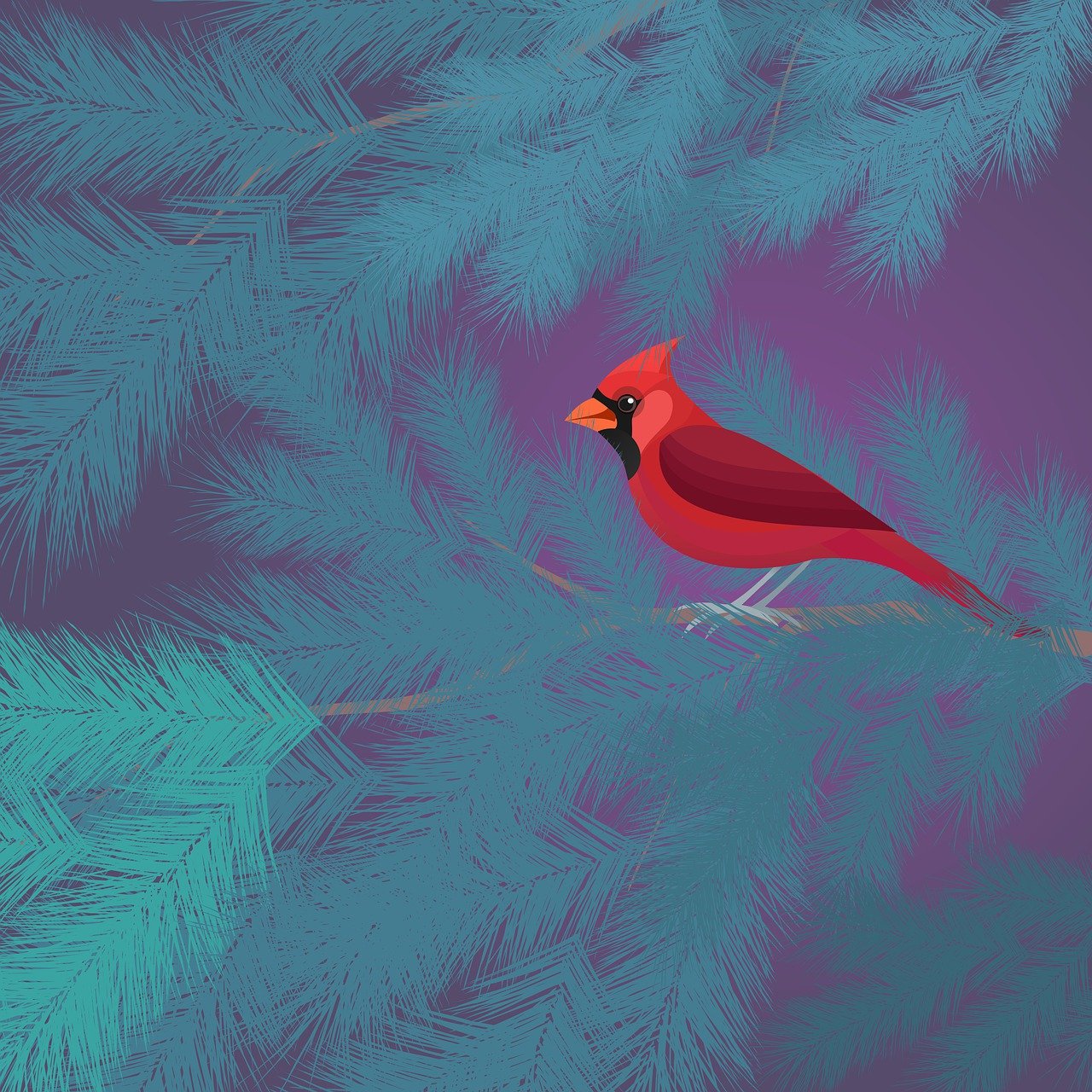
In the township of Hinckley, Ohio, the picturesque landscapes of the Hinckley Reservation, a remarkable natural spectacle unfolds each year on March 15th. This is the day when the buzzards, also known as Turkey Vultures, make their triumphant return after a long winter away. For over six decades, this event has captivated the hearts of locals and drawn visitors from far and wide, marking not just the birds’ arrival but also heralding the imminent arrival of spring.
The tradition of welcoming the buzzards dates back to the 1950s, when a local newspaper editor, Raymond Ackerman, took note of the vultures’ annual migration patterns. These birds, with their impressive wingspans and distinct red heads, migrate south for the winter to avoid the harsh Ohio winters and when temperatures begin to warm and the days grow longer, they return to their nesting grounds in the Hinckley Reservation.
The buzzards’ return is more than just a seasonal phenomenon; it has become a cherished tradition that symbolizes renewal and the cycle of life. Residents of Hinckley and neighboring communities eagerly anticipate this day, marking it on their calendars weeks in advance. As March approaches, excitement builds as preparations for the celebration commence.
Read more about the event here >>>
On the morning of March 15th, the atmosphere in Hinckley is filled with anticipation. Early risers gather at the Hinckley Reservation, binoculars in hand, scanning the skies for the first sight of the returning buzzards. Families arrive with children, bundled up against the lingering chill of winter, ready to witness nature’s grand spectacle.
The buzzards, soaring on thermals high above, gradually descend upon the reservation. Their arrival is met with cheers and applause, a warm welcome from the community that has come to appreciate their unique role in the ecosystem. For many, seeing the buzzards return is a reaffirmation of the natural world’s resilience and the promise of brighter days ahead.
Ceremonies and festivities accompany the buzzards’ arrival, adding a sense of festivity to the day. Local musicians perform lively tunes, and food vendors offer a taste of local cuisine. Artisans display their crafts, inspired by the wildlife and landscapes of Hinckley. It’s a community gathering that celebrates not only the birds but also the spirit of togetherness and appreciation for nature.
Throughout the day, experts provide educational talks about Turkey Vultures, dispelling myths and highlighting their important ecological role as scavengers. Visitors learn about their remarkable adaptations, such as their keen sense of smell, which helps them locate carrion from high above.
The buzzards’ return also serves as a natural calendar for the residents of Hinckley. Locals observe that the arrival typically coincides with the thawing of frozen ground and the first signs of spring flowers pushing through the soil. It’s a tangible reminder that winter is loosening its grip, making way for the season of renewal.
Beyond its ecological and cultural significance, the buzzards’ return has woven itself into the fabric of community identity in Hinckley. It’s a time when neighbors come together, sharing stories and forging connections over a shared appreciation for the natural world. For many residents, attending the annual celebration has become a tradition passed down through generations, creating lasting memories and a sense of belonging.
As the day draws to a close and the buzzards settle into their nesting sites, the community lingers, reluctant to let go of the magic of the moment. Some take leisurely hikes through the reservation, savoring the sights and sounds of early spring. Others gather around bonfires, recounting their favorite sightings of the day.
For the residents of Hinckley, the annual return of the buzzards is more than just a spectacle—it’s a reaffirmation of their deep connection to the land and its inhabitants. It’s a reminder to pause, reflect, and appreciate the beauty of nature’s cycles. As the buzzards settle in for another season, their presence continues to inspire awe and wonder, reinforcing the importance of conservation efforts to protect these magnificent birds and their habitat.


